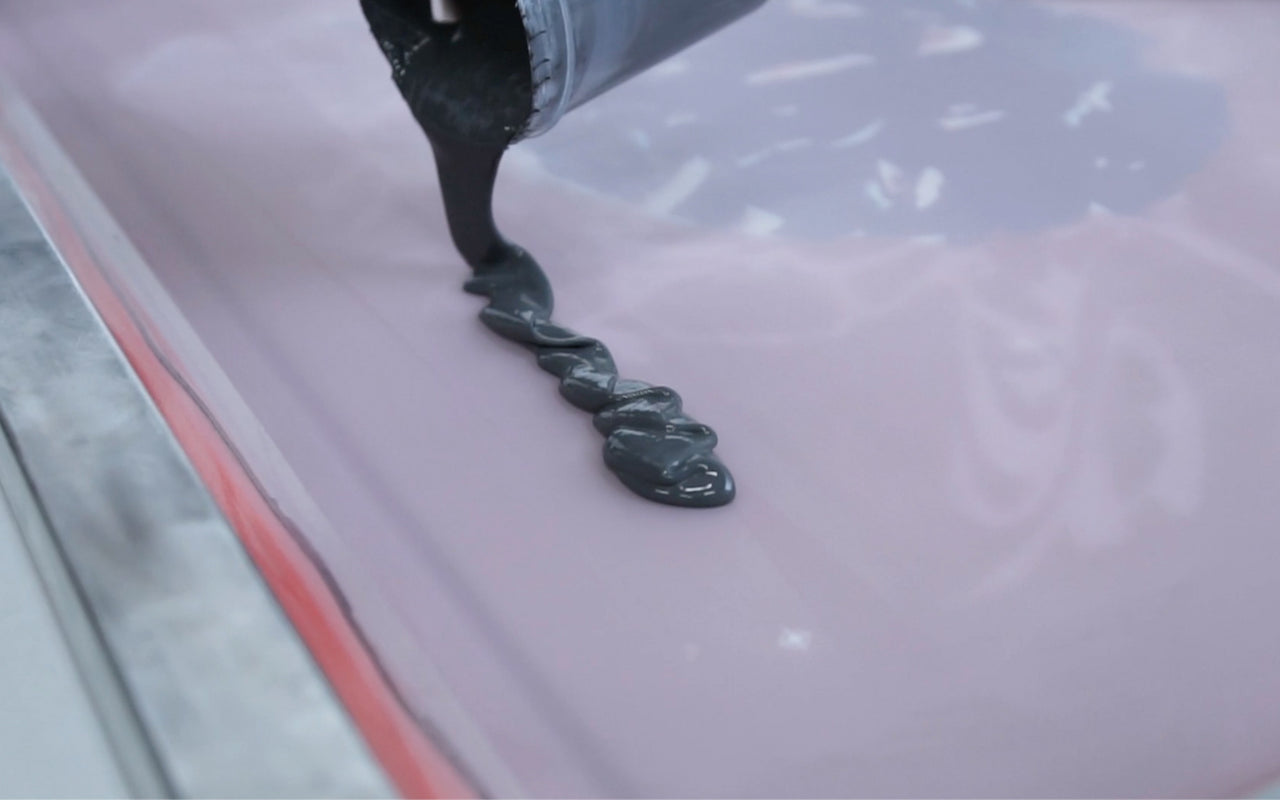Last week Does left his mark at Molitor. A masterpiece of French architecture opened between wars in 1929, Molitor was Paris' most popular bath with an avant-garde atmosphere. Sixty years later it became the temple for the Parisian underground movement, raves, urban art, all kinds of crazyness. Then in 2014, this sanctuary, this temple to Paris' street art was transformed into a unique hotel that cherishes it's rich history.
During his trip Does was accompanied by Bart Temme from SAC, who was completely - and rightly so - blown away by this place and we'd love to share his story with you. It's been great creating art at Molitor!
Bart Temme about Molitor
This week Does invited me for a trip to Molitor. I have been completely blown away by this place and by the time and energy that the team at Molitor puts into the heritage that is Molitor. Let me explain why.
First of all, you should know something about hotel Molitor. It was opened in 1929 and it featured a hotel, ballroom and 2 swimming pools. One outside, one inside. Fair to say this was heavily used by the upper class of Paris, but not exclusively. Famous actors and influential people from that era were between it's regular visitors. But many other Parisians visited this public place to ice skate on the pool during winter, smoke cigars, work on fitness, or just be in company with others.
Something I would definitely have checked out: the introduction of the first bikini! An introduction that, mind you, in that time, must have been heavily talked about. A book says: 'Inventor Louis Réard chose the name 'Bikini' because of the nuclear explosion that had taken place there (Bikini is small island in the South Pacific where the Americans did nuclear tests red.) a few days before. He hoped the effect of this fashion item would be as explosive as the one on the South Pacific atoll.' Biggup to Louis I would say!
As the title of the beautiful book about Molitor's history demands us to know; 'Ceci n'est pas une piscine'. Translated literally; 'This is not a swimming pool'. It is actually a place with a huge cultural meaning to people in Paris, a landmark to all those memories and emotions that are connected to it's iconic existence. One of the reasons it's so special is that artists like Vhils, Futura, Blek le Rat and Does were asked to create art here.
The other part of Molitor's history is beautiful in itself and in high contrast with the romantic stuff I wrote about above. Although, I think the real romance started when Molitor closed, come to think of it. This once modern establishment in 1929, totally closed in 2000, kickstarted a revolution in art, fueled by young artists all over Paris and far beyond. Graffiti crews were fully taking over to claim their walls and create colorful new pieces. Smaller and bigger raves were organized in this lawless place of ultimate artistic freedom in the heart of the world's capital of art. Sad I never got to visit it during that era.
When the city council of Paris wanted to do something with this art deco monumental building, they organised a contest. Someone from Accor Hotel group understood both the historical and cultural value. Lucky for us, they pitched an idea to restore it to it's original state, transform it into a hotel and heavily incorporate street art in it's formula.
I'm stoked that was able to accompany Does during his trip to this place that means so much to many Parisians. A place that holds more stories across multiple generations one could possibly remember. It's been a beautiful week, thank you Molitor and Sylvia for your generous company!



























